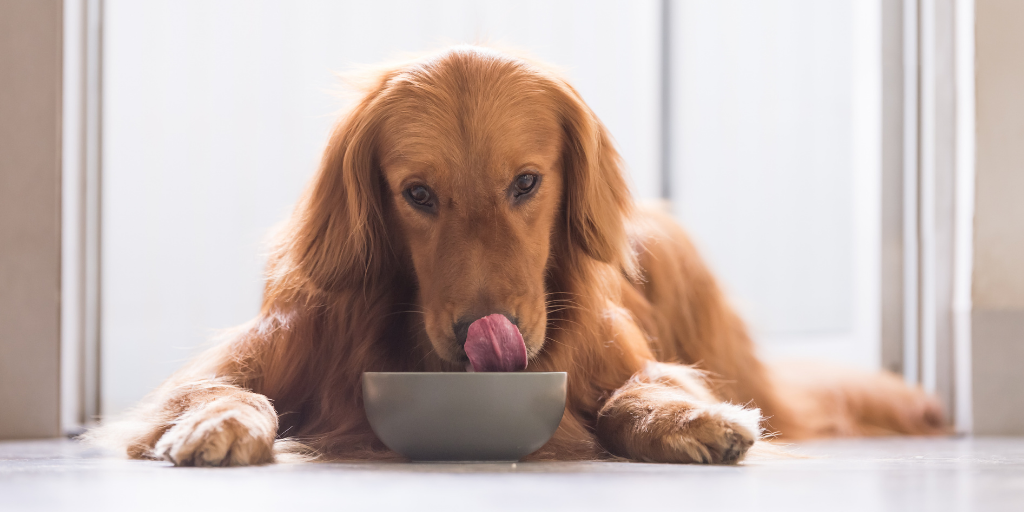Dog bowls are more important than you might think. Water bowls for dogs provide much-needed hydration but they can also affect your dog's health. How often you wash it and the type of material it's made from are important factors to consider. For example, some materials are used to make cute dog bowls but are they the best to use? Read on to learn about dog water bowl materials and what kind of water bowl is best for dogs.
Washing Your Dog's Water Bowl
Most dog owners rinse and refill their dog's water bowl daily without extra cleaning because, well, it's just water. But in reality, water can collect and house a variety of pathogens, from mold and yeast to Salmonella and E. coli. Because of this, it's recommended that you wash and sanitize your dog's water bowl every day or close to it.
Pro Tip: Owning several bowls is useful so you always have a clean one for your pup while you're washing others.
Dog Bowl Materials
The type of material used in a dog's water bowl is also important. Choosing the right bowl for your pup isn't always an easy decision but here's some information that can help:
Plastic
Plastic is a popular choice because of its affordability. One thing to consider is that plastics often contain chemicals, including BPA or Bisphenol A. BPA is a synthetic estrogen found in plastic products that has been linked to health problems in humans (like reproductive issues, impaired brain function, cancer, cardiovascular system damage, diabetes, early puberty, obesity, and beyond). Fortunately, many plastic dog bowls today are certified BPA free.
But there's another potential issue with the material: plastic scratches easily and those scratches provide a great hiding place for bacteria and pathogens to live and multiply. And unfortunately, scratches are really hard to sufficiently clean.
Ceramic
Ceramic bowls are popular as well because they are often the prettiest. They're generally safe, though do come with some risk because there can be lead in ceramic glazes. Most pottery is fired at high enough temperatures that prevent any lead from getting into the water. And there's no guarantee the bowl you choose is one of them. In addition, if a ceramic bowl gets scratched or damaged, it increases the chances that any potential lingering lead might get into the water.
Pro Tip: If you are using ceramic bowls, regularly check for scratches, chips and cracks. Discontinue using the bowls at the first sign of damage. And if you insist on buying ceramic bowls, go for porcelain or stoneware made in the U.S. and certified for food use.
Aluminum
Aluminum isn't typically used in dog bowls and for good reason. The aluminum itself can get into the water and too much can cause cognitive dysfunction and bone damage. While aluminum is often used in pots and pans, it's "anodized," which is supposed to reduce the risk of aluminum leaking into food or water. Even if a dog bowl is anodized, it's not recommended to use any type of aluminum bowls for your dog.
Glass
Glass isn't commonly used to make dog bowls either but some people use their own. It can be a convenient option and is safe for dogs if there are no cracks, chips or damage. But use glass with caution as it breaks easily and that can hurt your dog. It's important to keep an eye on how glass bowls are holding up because even the smallest of chips or cracks can cut your dog's tongue.
Stainless Steel
Stainless steel is the safest option for your dog's water bowl. Not only is it easy to clean and sanitize, but it doesn't scratch, chip or crack very easily. Plus, it's pretty affordable. Because of all these reasons - especially the safety aspect - stainless steel water bowls come highly recommended for your pup.

